Vietnamese street food has earned international fame for its diversity and appeal - offering a flavorful combination of ingredients, vibrant presentation, and a casual, intimate dining atmosphere that feels distinctly Vietnamese. Many celebrities and renowned chefs visiting Vietnam seek to experience this unique culinary culture.
Today, Vietnamese people are bringing street food staples like pho, banh mi, bun dau mam tom (vermicelli with fried tofu and fermented shrimp paste), green mango salad, and garlic-fried duck to cities around the globe, complete with the same sidewalk-style service.
In this series titled “Vietnamese street food abroad,” VietNamNet introduces readers to Vietnamese eateries overseas that have become wildly popular, drawing diners who are happy to "squat curbside" just to enjoy a taste.
Diners of all backgrounds happily line up and sit on sidewalks to enjoy bun dau mam tom at Mam NYC in Manhattan.
On sunny summer days near Sara D. Roosevelt Park in Manhattan, New York, hundreds of diners - Vietnamese, Americans, and tourists from across Asia and Europe - gather on the sidewalk to savor bun dau.
Plastic green chairs and tables line the pavement, mimicking the street food setup found in Vietnam. Dishes are served in woven bamboo trays lined with banana leaves, featuring noodles, fried tofu, green rice patties, boiled blood sausage, pork, fresh herbs, and a bowl of bubbling fermented shrimp paste.
Guests seem delighted by the bold flavors of the fermented shrimp paste - a condiment famously divisive, with staunch fans and equally adamant critics.
This sidewalk eatery is called Mam NYC and is run by Vietnamese-American couple Nhung Dao and Jerald Head.
In 2023, Mam NYC was ranked 26th in The New York Times’ list of the top 100 restaurants in New York City.
Food critic Pete Wells called Mam NYC “the most enticing Vietnamese restaurant in New York,” praising its shrimp paste for its rich aroma accented with chili and fresh lime, and describing the fried tofu as crispy on the outside with a cheese-like texture inside.
“Diners sit on the sidewalk, surrounded by people strolling and cars passing by. It feels like having lunch in Hanoi,” Wells wrote.
In 2024, Mam NYC climbed to 20th place on the same list.
The restaurant operates five days a week: Monday, Thursday, and Friday evenings, and Saturday and Sunday afternoons.
As demand continues to rise, the couple expanded in 2024 to include indoor seating for about 30 guests and increased their sidewalk seating. On pleasant weather days, most patrons prefer the outdoor tables for a more authentic Vietnamese experience. Tables are placed along the curb, outside neighboring restaurants with permission, and even across the street at the park’s sidewalk. At peak times, the restaurant can serve up to 100 guests per sitting.
Mam NYC’s menu changes seasonally. From April to October, summer offerings center around bun dau and snack-style dishes. In winter, they shift to pho, noodle soups, and hotpot. “We’re considering offering bun dau year-round because even in winter, customers seek it out. Vietnamese communities across the U.S. visit New York just to try it,” said Nhung.
A single portion of bun dau mam tom is priced at $32 (over 800,000 VND).
Jerald, a chef by trade, first tried Vietnamese cuisine at age 20. It was a bowl of bun bo Hue (Hue-style spicy beef noodle soup). The dish’s complexity and harmony of ingredients left such an impression that he began researching Vietnamese food, reading books, and teaching himself how to cook it.
Between 2014 and 2015, Jerald started working at a Vietnamese restaurant in New York. In 2016, he spent three months traveling through Vietnam to explore its culinary culture from south to north. Over the next three years, he returned several times and eventually met Nhung.
During their courtship, their go-to date spot was a bun dau mam tom eatery in Ho Chi Minh City. Jerald became enamored with the dish, savoring it with delight every time.
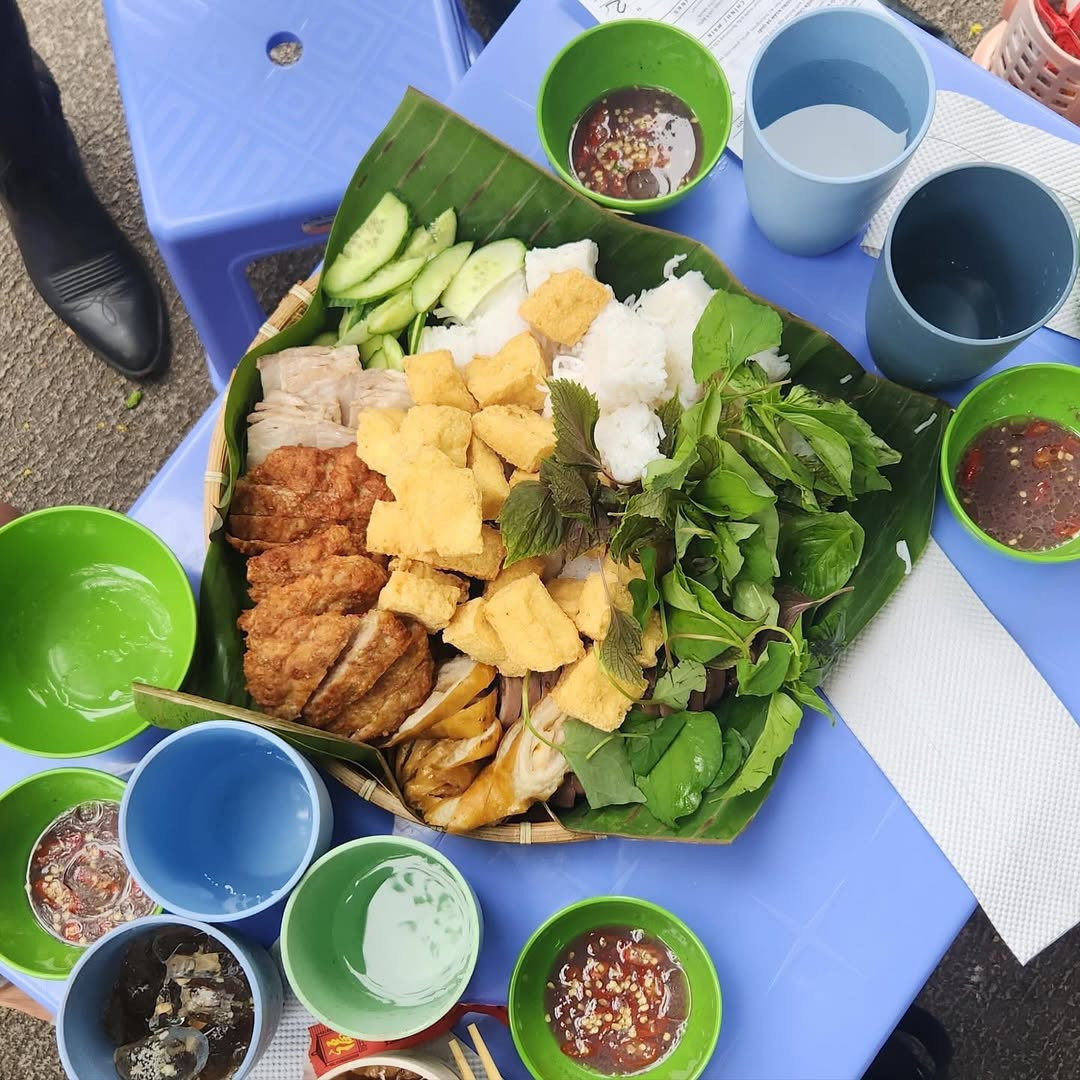
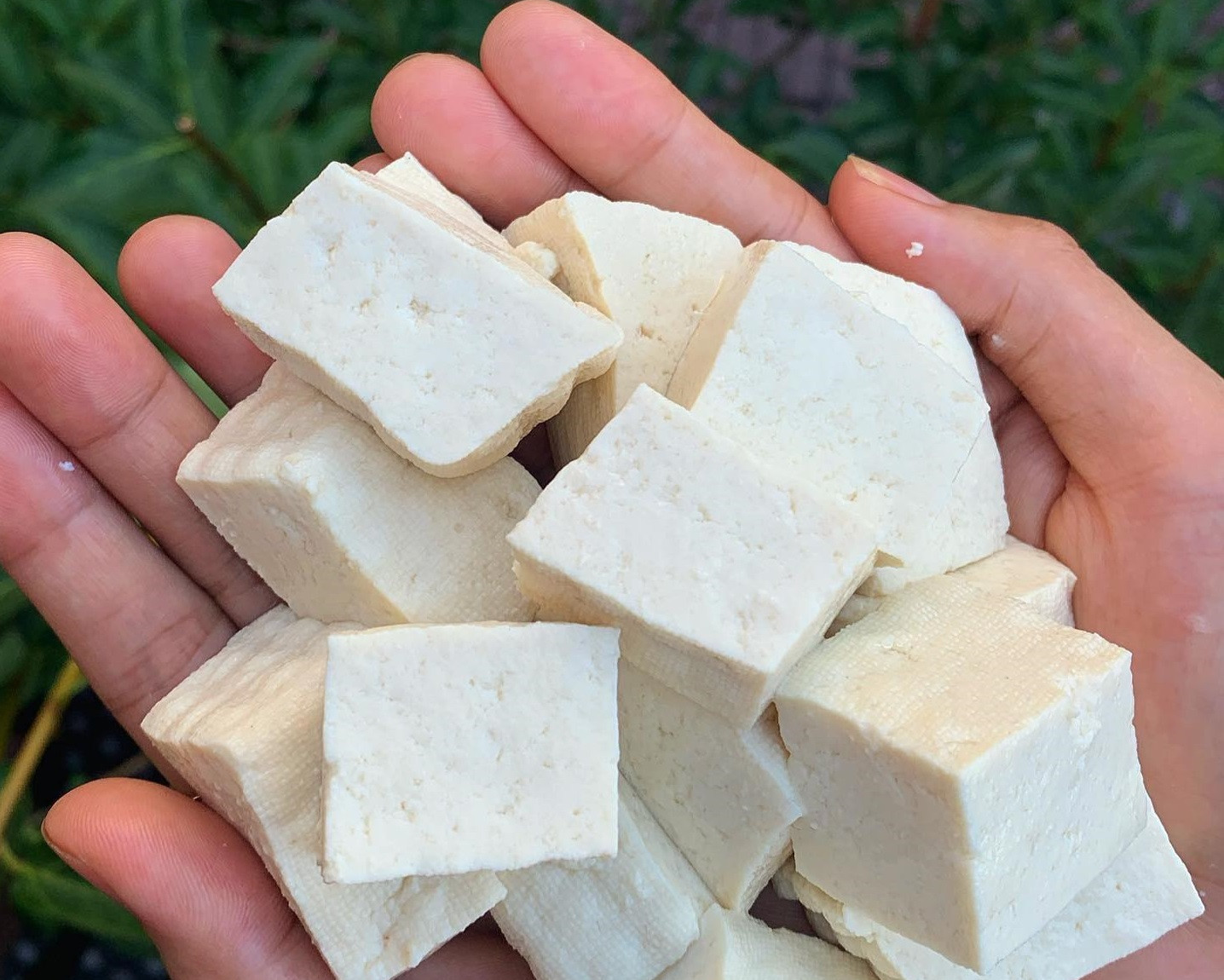
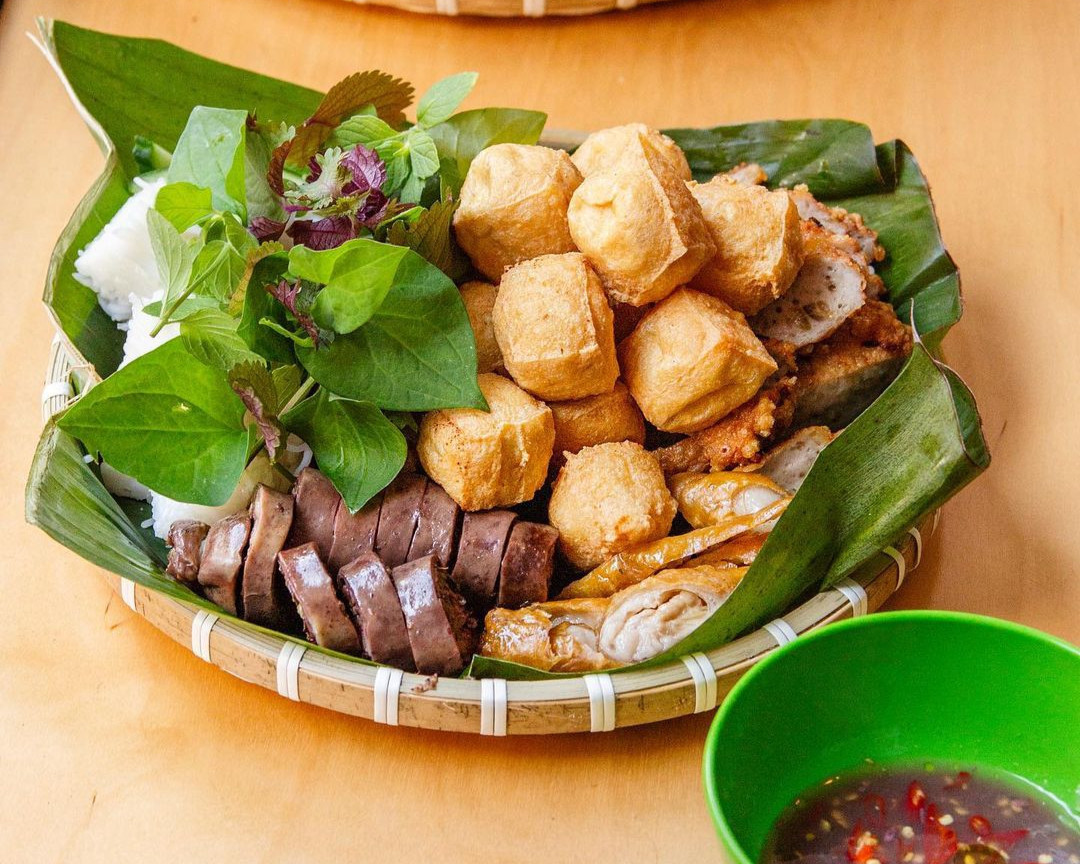
In 2020, after getting married, Nhung moved to New York to live and work with her husband. At the time, the COVID-19 pandemic was raging. “Even under normal circumstances, finding bun dau mam tom in the U.S. was tough - during the pandemic, it was nearly impossible. We craved it so badly we started making it at home,” Nhung recalled.
After sharing photos of their homemade bun dau on social media, they received enthusiastic responses from friends and followers. In September 2020, they began selling the dish out of a friend’s shop on Friday, Saturday, and Sunday evenings. When the pandemic eased in May 2022, they officially opened Mam NYC. A feature in The New York Times quickly brought them a surge of customers.
Notably, the couple makes the tofu, green rice patties, and blood sausage themselves.
They use a 60kg machine brought from Vietnam to make tofu, a meticulous process that involves grinding soybeans, cooking, and pressing into soft, creamy blocks. When fried, the tofu is golden and crispy on the outside while staying moist and tender inside. They credit their family’s secret recipe for the outstanding texture.
For the blood sausage, they personally clean and deodorize the pork intestines before stuffing them with pig’s blood, fat, and herbs - a recipe handed down from Nhung’s father. The green rice patties are made using fresh green rice brought from Hanoi.
Initially, they sourced shrimp paste from a supermarket in New York, but found it lacking. Eventually, they connected with a supplier in Thanh Hoa, Vietnam. “The taste was just right. We felt like we struck gold,” Nhung said.
Since then, the shrimp paste has been flown from Thanh Hoa to Ho Chi Minh City and then shipped to the U.S. Each bowl is mixed with sugar, lime juice, and Thai chili.
The dish is accompanied by traditional Vietnamese herbs like perilla, mint, and fish mint, which can be purchased in the U.S., albeit at high prices.
“Even some Vietnamese people don’t like shrimp paste, but we encourage every guest to try it. Some Western diners have fallen in love with it after just one taste,” said the owners.
Today, Mam NYC’s team has grown, and operations run more smoothly. With better staffing, they can serve larger crowds without running out of food or making guests wait too long.
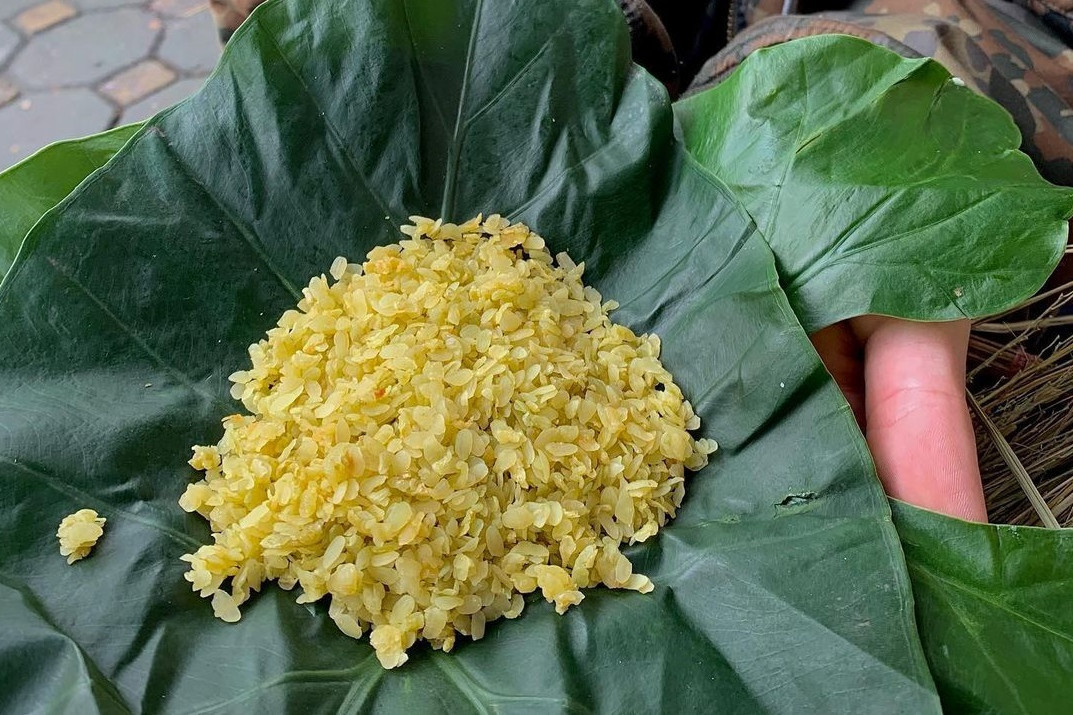
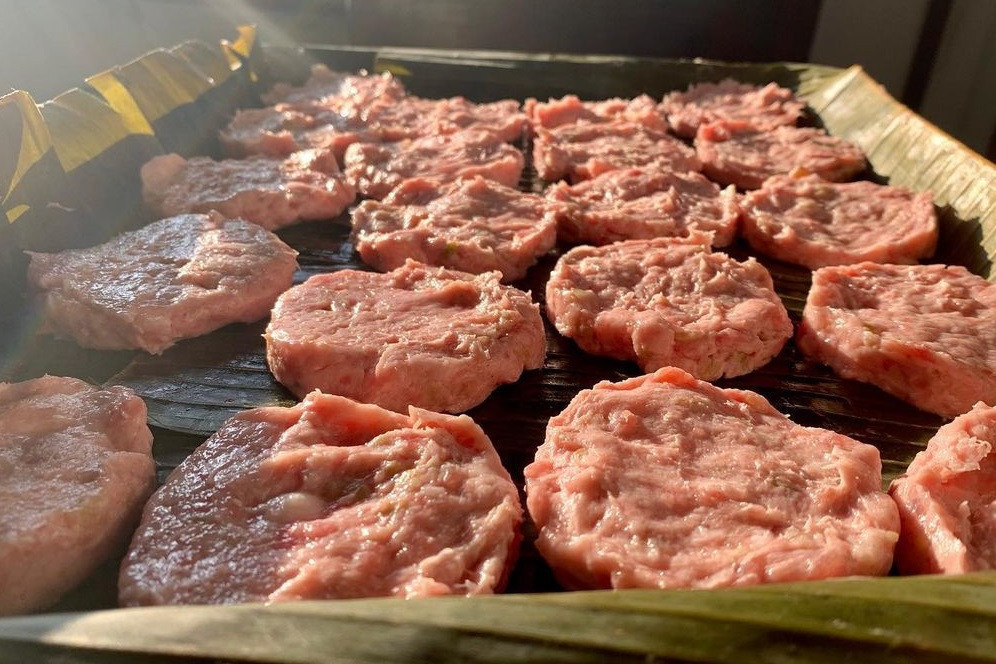
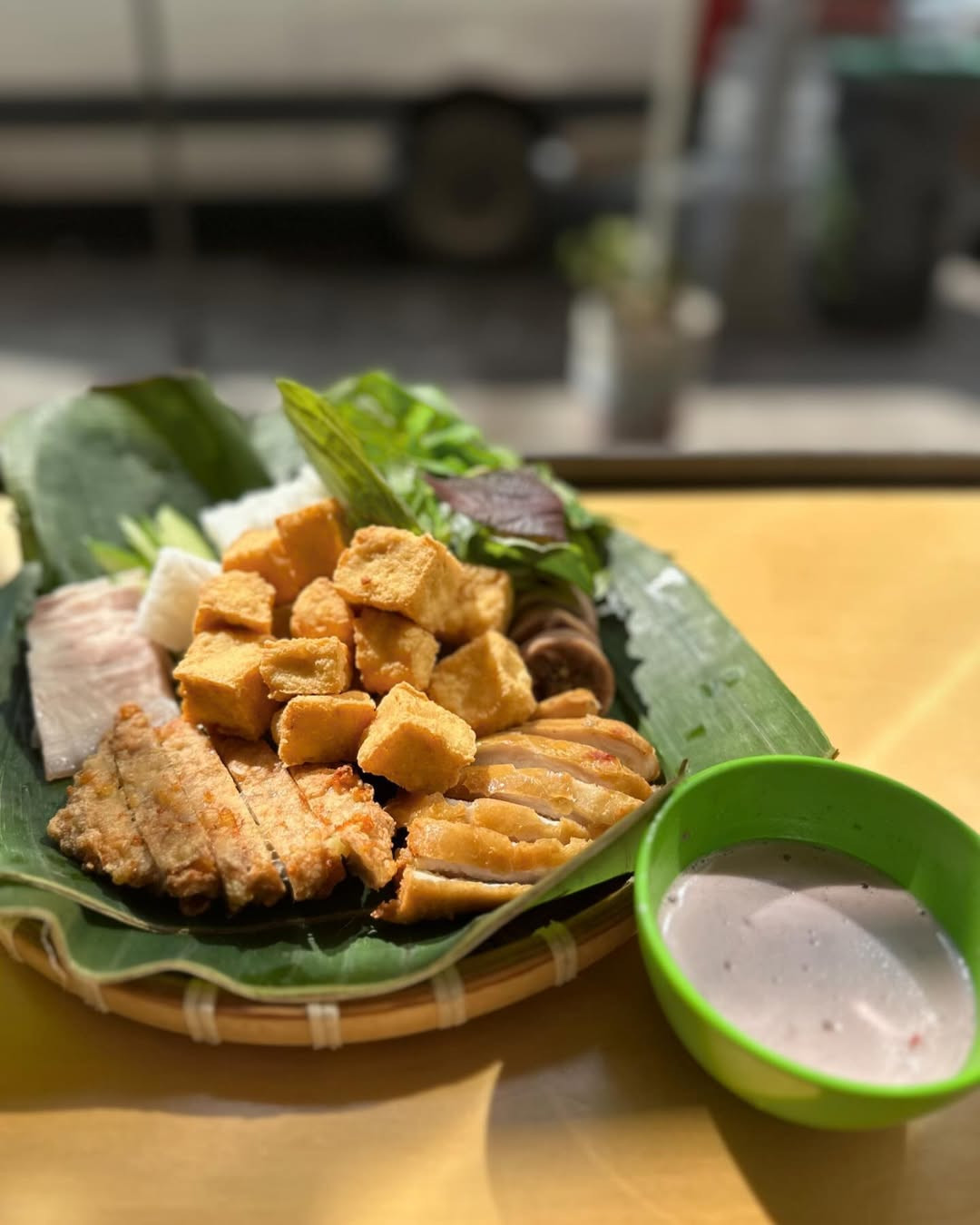
“Bringing Vietnamese cuisine to the U.S. hasn’t been easy. Besides bun dau mam tom, we’re now trying our hand at pho. Just preparing the broth - cleaning and simmering the bones, cooking the meat - requires great effort and experience,” Nhung explained.
“Our goal is to preserve the authentic flavors of traditional dishes. Seeing customers nod in satisfaction is the greatest reward. It makes all the challenges worthwhile,” the couple shared.
For this Vietnamese-American couple, every tray of bun dau and every bowl of pho is filled with pride and passion. They see it as their contribution to promoting Vietnamese culinary culture - giving people a deeper understanding of Vietnam, its people, and the delicacy behind each dish.
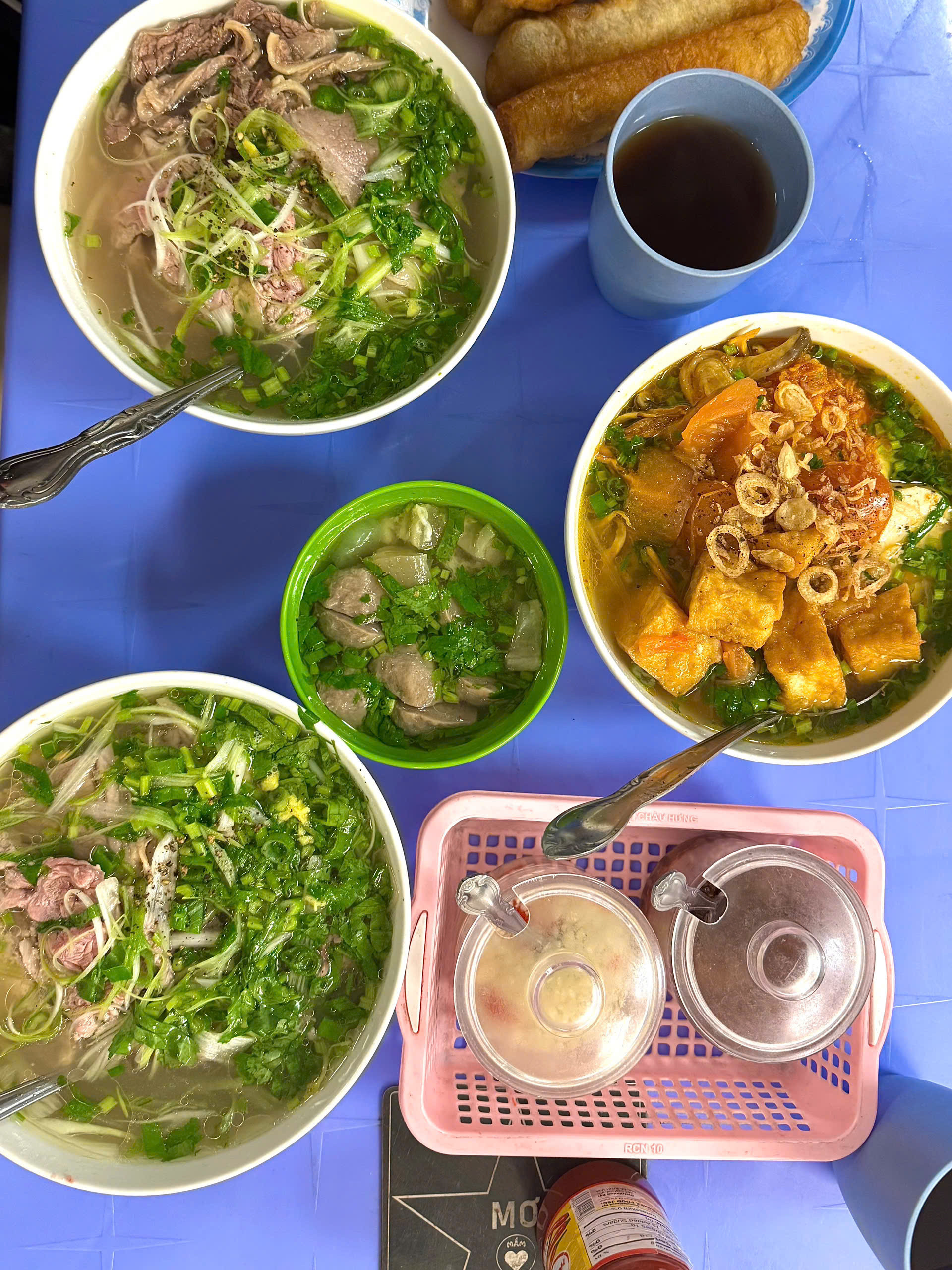
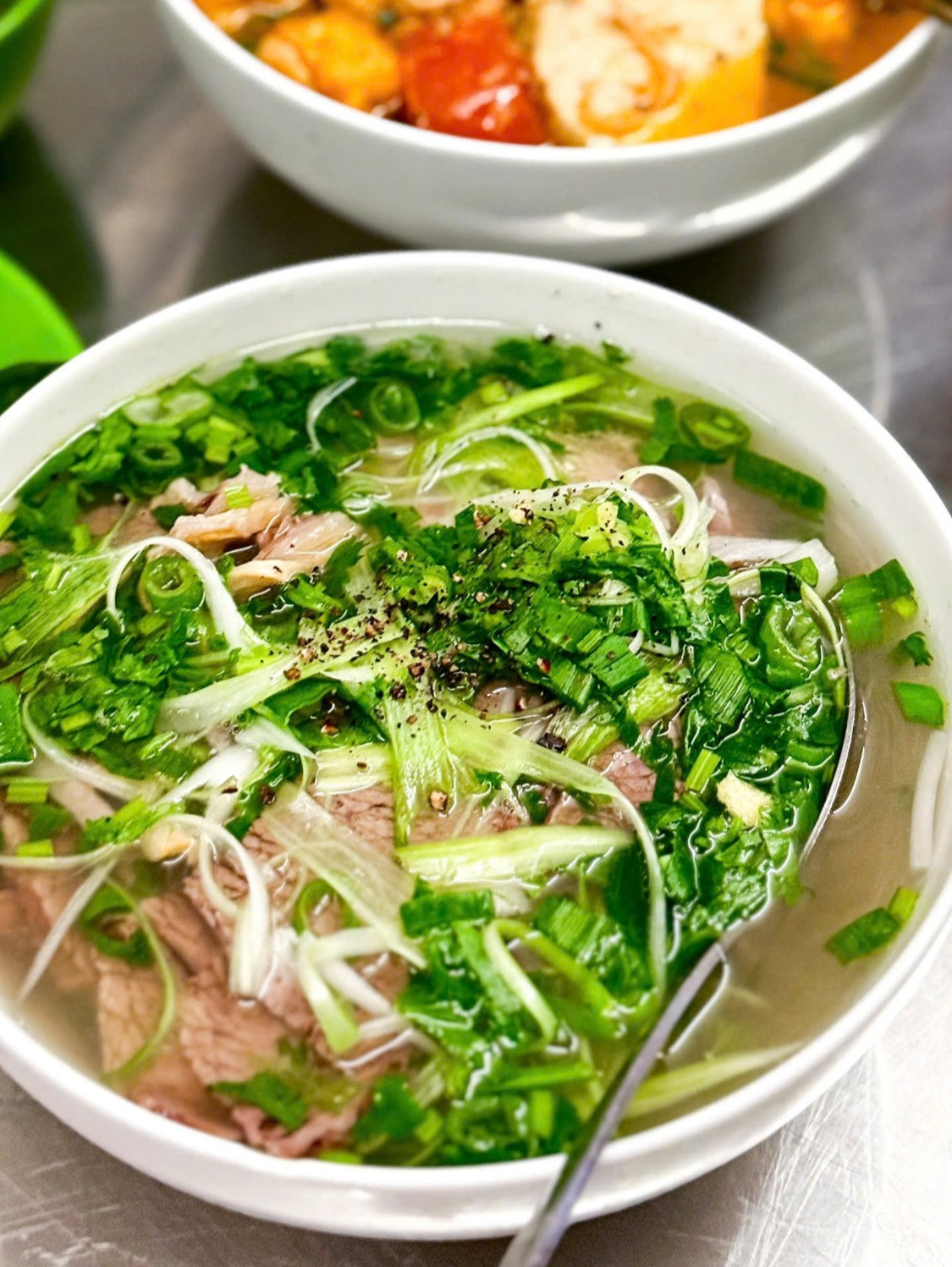
Next in the series: In downtown Newcastle, New South Wales, Australia, a Vietnamese eatery stands out with its ultra-low foldable tables and makeshift plastic barrel stools set up directly on the sidewalk. A mural on the wall behind depicts banh mi, pho, broken rice, street food carts, and landmarks like Notre-Dame Cathedral and Independence Palace.
Stay tuned for the next story: Vietnamese street food shines in Australia with a sidewalk-style banh mi shop.
Linh Trang